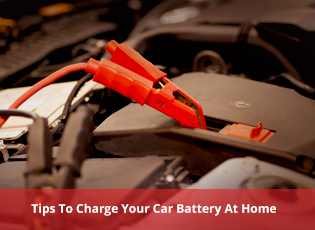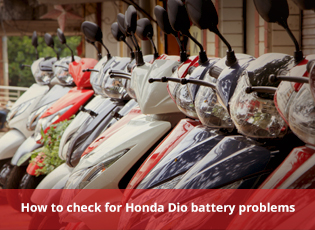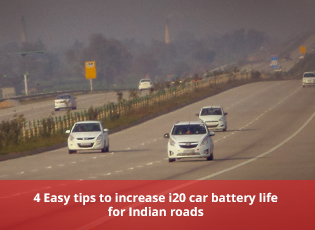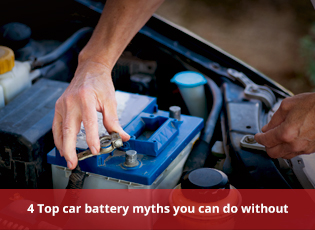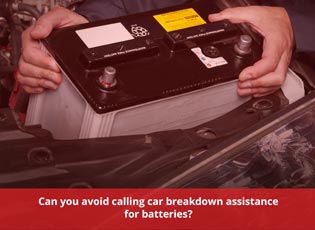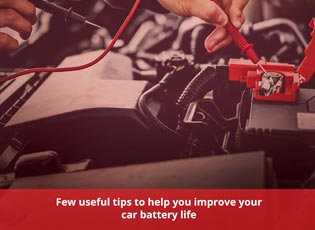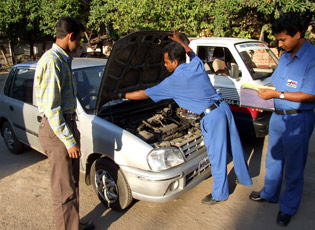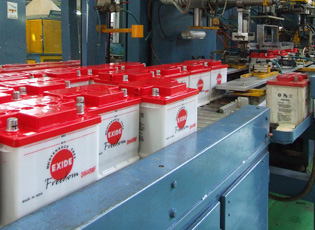Understanding your Car Charging Systems
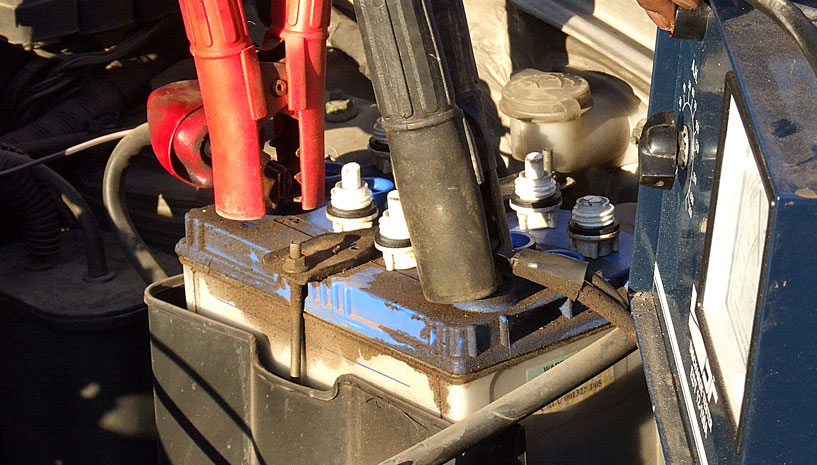
To understand the utility of car charging systems, you can take the example of how your cell phone charger operates. After using your cell phone for quite some time, you may find that it gets switched off automatically by itself. This does not mean that your cell phone has become inoperative, this simply is an indication that your cell phone is depleted of all its energy. In such a situation, your next step is to quickly put it on charge so that your cell phone jumps back to life. The car charging systems work in the same way, ensuring that you don't have to face any inconvenience during your journey and that your ride is as smooth as ever.
The car charging systems consist of four integral parts: The alternator, regulator, the battery and the interconnecting wire. If you are wondering how these components do their job, here's a simple explanation for you-
- The alternator is a generator that produces Alternating Current (AC), this is very identical to the electrical current in your home. This current is immediately transformed to Direct Current (DC) inside the alternator.
- As the name suggests, the regulator regulates the charging voltage that the alternator generates, stabilizing the volts to protect the electrical components of the entire vehicle.
- The battery acts as a big cushion in the car charging system, preventing voltage surges. It also prevents sudden fluctuations in the voltage system.
- The interconnecting wire sticks all of the above components of the car charging system together and provides an electrical return path to the body of the vehicle.
Now that you know how the car charging system operates, it is important to be aware of the warning signs that your car indicates when it is running low on energy. After all, it's better to be informed and be equipped than face hassles that could have been easily avoided.
Warning Signs that indicate a possibility of your car battery going down:
- The car headlights are dim.
When the headlights of the car become dim, it is indication of the car battery running out of charge and not because the car was not washed.
- The car makes a clicking sound when you turn the key.
This is also an unavoidable signal that your car battery is about to die.
- Slow engine crank
This is the most common symptom of a dying battery. When you hear your car engine making a cranky noise, take it for a check-up immediately.
- The car won't start unless you fuel it with gas
If your car needs help before it gets started, it's a warning sign that in the approaching days it may not start at all!
Your car battery running out of charge can be a really chaotic situation. So, you will never have to worry about your car ditching you in the middle of your journey and baffling you with unpleasant surprises!
Related Post
Follow the Exide Care Blog

